Calling all wood flooring experts: brass inlay in engineered wood??
wilsongildar
5 years ago
Featured Answer
Sort by:Oldest
Comments (14)
Related Discussions
Mystery Moisture in Slab Ruined Engineered Wood Floor. Now What?
Comments (149)We had our whole house re floored in LVP In June 2021. Within a few months a portion of the kitchen started bubbling up and splitting at the seems. The flooring guy originally came and said that he believed it was sun damage coming from our glass sliding door. We ended up replacing the door with uv protection glass and the flooring guy replaced the whole kitchen floor with a moisture barrier paper underneath. During the demo they said there was possible moisture on the floor. We had a plumber out and he determined we did not have a leak. Just a few months later it started to happen again in a different area of the kitchen. When they installed the lvp originally they went right over tile, so this time he took up the tile as well so we could see what was happening. There was no obvious water or leak. We then had all our pipes looked at. Our drain pipes scooped. Inside and outside, pool, etc. Spent a ton of $ on tests. There was no leak to be found. We think we must have a foundation slab that has a high moisture content or the soil below has a lot of moisture? That’s all we could come up with. This time for the 3rd installation they put down a moisture barrier epoxy, a wood plank sub floor, and glued the lvp down to that. It made it a year after that, but we have the same problem happening again. So they have replaced the flooring in the kitchen 3 times in less than 3 years and it needs to be replaced again now. We had the manufacturer out and they of course blamed the installation. It is mind boggling. We have had so many plumbers, and flooring companies out and no one has ever agreed on what the problem is. So, I have to replace the kitchen floors again and this time need to do something other than the LVP that matches the rest of the house. I have heard about epoxy/ painted concrete flooring and thought that might flow better than tile. Do you have a knowledge as to if it would hold up to moisture fumes as that is our best guess as to the moisture problem we have? Tile is the other option and that is what was originally in the house and there didn’t seem to be any issues with tile. any ideas?...See MoreEngineered vs. Sand-in-Place Wooden Floors
Comments (25)It is an extreme disservice to the consumer to suggest that engineered floors are somehow inferior to solid wood. A quality engineered floor with a 3/8" (or more) top layer of the desirable wood potentially as durable to the end user as is solid wood. Solid wood can only be sanded down to the tongue thickness, and this equates essentially to 3/8". A engineered floor is just as durable as is solid wood to someone wanting long term usage out of a floor and imprisoned to slab construction. The prefinished vs. site finished issue is a completely different issue. Some people like the "touchupability" of an oil finish. It's a LOT more work and harder on the consumer to go with site finished. For some, using an old fashioned finish like tung oil is worth the inconvenience for the authenticity given. For anyone considering wood flooring and at all concerned with "green" design, a factory finished engineered wood floor comes out head and shoulders above solid site finished. Engineered uses less of the "face" wood, and more of the ply layers resulting in stretching the usage of the more valuable wood. Prefinished also has a much more durable finish that is NOT able to be duplicated on site because of the restrictions on the types of finishes available to finishers and homeowners. A more durable finish applied in factory controlled conditions releases less VOC into the atmosphere while providing a significantly harder wear layer. Either choice can be a good one, or a great one, depending on the quality of the materials chosen and the expertise of the installer. They go together, and choosing poorly on either will result in a less attractive or durable floor....See MoreIs This A Reasonable Charge To Install Engineered Wood Floors?
Comments (17)The plywood over the cork is needed for a NAIL DOWN hardwood. Nail down is the CHEAPEST method for installing any form of hardwood. Glue down hardwood is the most expensive. It is also the BEST for sound. So....the sound deadening for the area REQUIRES the plywood. You can't get around that. The cork is required so you can't get around that. You cannot nail INTO cork. You must glue to cork. That is the only option. So... you are adding the plywood for the sound requirements AND for the installation options. With all those layers, the labour costs are bang on. If you estimate $2/sf for EACH LAYER of prep....you come up with $8/sf without MUCH EFFORT. The glue for the cork to concrete = only option. The glue for the PLYWOOD onto the cork = only option. We call this a double stick. If you glue the hardwood to the plywood you would have a TRIPLE stick. This is the MOST IMPRESSIVE option out there. It is also the MOST expensive option. You can nail into the plywood = no problem SO LONG AS the plywood is THICKER than the nail shanks. You do NOT want nails reaching into the cork layer. If the cork layer is pierced by nails, you start to LOSE the acoustic properties of the installation. If you think of each nail as a small telephone wire (ahem...metal TRANSMITS NOISE REALLY WELL) that is transmitting noise from your space to someone else's...and vice verse, you get the idea. One nail is no big deal. A floor with 10,000 nails = 10,000 telephone wires transmitting noise THROUGH the cork insulation and into your space. This is a HUGE deal. Again, the nail down install into the plywood is NOT an issue so long as the nail shank does NOT reach the cork. That means you want a plywood layer that is roughly 1/2". And with cork costs that are MORE EXPENSIVE than the plywood, you must be purchasing 1/2" cork. The cost of 1/4" cork should be the SAME as 1/2" plywood. Check your thicknesses so that you can feel confident that the right thicknesses are being used for the type of install that is about to occur. Most of LA likes to see 1/2" cork. I hope this helps....See MoreInstalling Engineered Hardwood floor on top of solid wood
Comments (24)Came across this thread and hope I can get some advice. I’m dealing with a situation like Kay L - dated engineered hardwood that is glued on the slab in the downstairs living areas. We would like to have all the downstairs flooring the same (except for bathroom). We also want new matching floor on stairs and second level, like Candri. My husband wants to diy the downstairs with floating engineered hardwood on top as he thinks this option eliminates the problem of potential moisture/mold issues from a glued EH floor or waterproof LVP (my preference). I am super hesitant to undertake this project. #1 The cost of covering up all that perfectly beautiful, albeit dated, wood. #2 Floating floors sound hollow when you walk on them. #3 Covering the tile kitchen floor with wood increases risk of water damage, which is why I would prefer LVP. (We had a busted pipe in the bathroom 11 years ago that ruined carpet and led us to installing our current floor.) We haven’t considered gluing down new EH over the existing glued down EH. I read somewhere that glue over the finished wood can cause problems. Not sure if nailing is an option since the base is concrete. There is NO WAY we will take up the current glued EH. We’ve seen YouTube videos, and trying to get up 900 sq ft of glued down EH would take forever and create more mess than I want to deal with. Any thoughts???...See Morewilsongildar
5 years agoCustom Interiors, LLC
5 years agowilsongildar
5 years agoOak & Broad
5 years agoDanielle Beckford
2 years agoJames Taylor
2 years agoG & S Floor Service
2 years agoJames Taylor
2 years agoG & S Floor Service
2 years agolast modified: 2 years ago
Related Stories
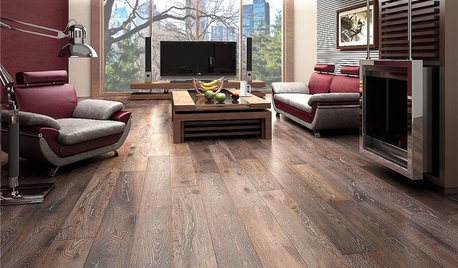
REMODELING GUIDESWhen to Use Engineered Wood Floors
See why an engineered wood floor could be your best choice (and no one will know but you)
Full Story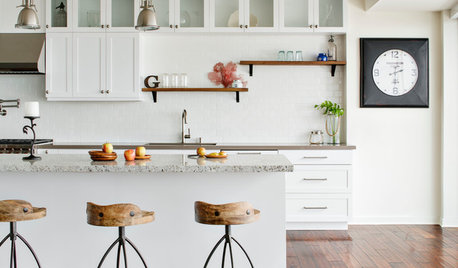
REMODELING GUIDESWhat to Know About Engineered Wood Floors
Engineered wood flooring offers classic looks and durability. It can work with a range of subfloors, including concrete
Full Story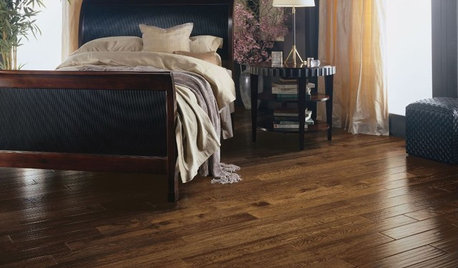
REMODELING GUIDESYour Floor: An Introduction to Solid-Plank Wood Floors
Get the Pros and Cons of Oak, Ash, Pine, Maple and Solid Bamboo
Full Story
KITCHEN DESIGNKitchen of the Week: Creamy White, Wood and Brass in an Open Plan
A design-build firm helps a Minnesota couple create a roomy L-shaped kitchen with off-white cabinets and a walnut island
Full Story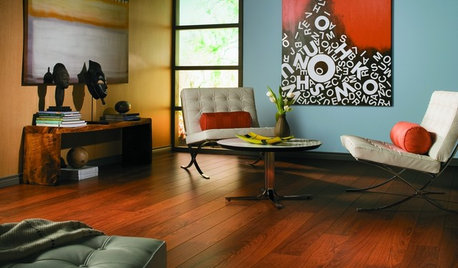
REMODELING GUIDESLaminate Floors: Get the Look of Wood (and More) for Less
See what goes into laminate flooring and why you just might want to choose it
Full Story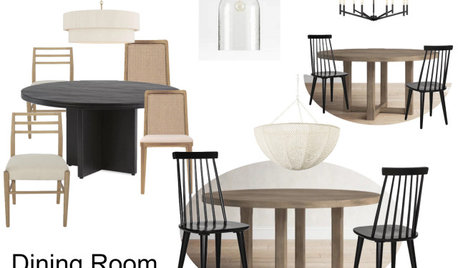
REMODELING GUIDESWood Floor Care: Polish Your Skills
Help your wood floors stay gorgeous by learning how to keep stains, dullness and warping at bay
Full Story
REMODELING GUIDESYour Floors: Zebra, Tiger, and Teak Wood, Oh, My!
Get the Pros and Cons of Exotic Woods: Hickory, Cherry, Rosewood and More
Full Story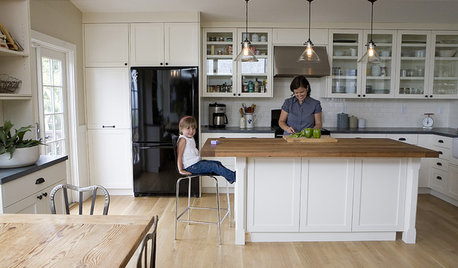
REMODELING GUIDESDesigner Confessions: Torn Between Wood Floors
19 Photos to Help You Choose a Wood Floor Finish
Full Story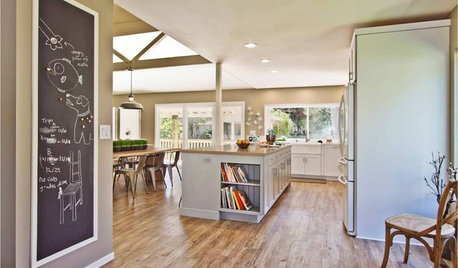
FLOORSWhat's the Right Wood Floor Installation for You?
Straight, diagonal, chevron, parquet and more. See which floor design is best for your space
Full Story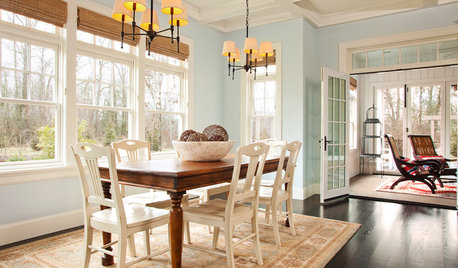
DECORATING GUIDESWhat Goes With Dark Wood Floors?
Avoid a too-heavy look or losing your furniture in a sea of darkness with these ideas for decor pairings
Full Story


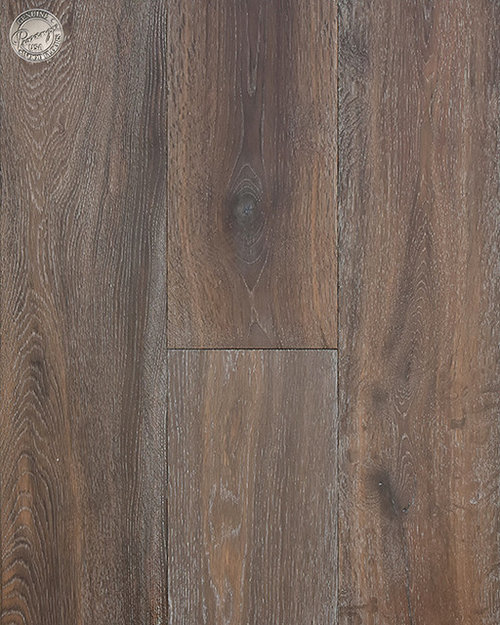
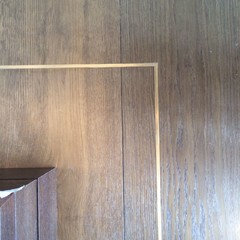
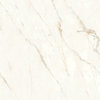

Patricia Colwell Consulting